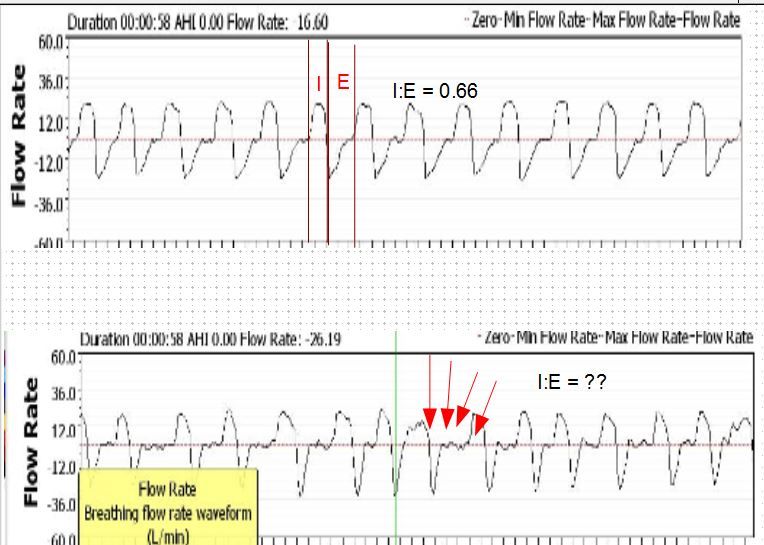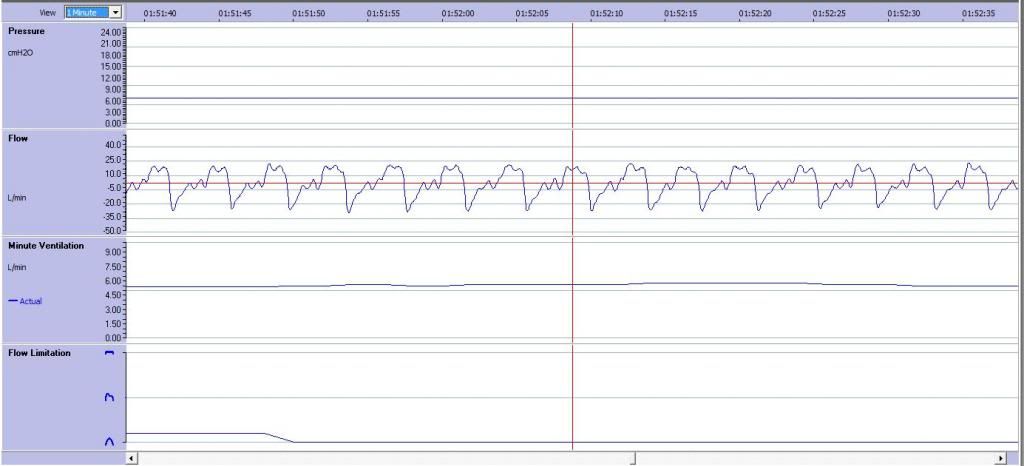Pneumophile wrote:Good thought Jay. How well have these devices been compared - accurately and scientifically - to see if there are significant differences in detection and reporting of events? Do the manufacturers have to show FDA comparative data (equivalence)? I've spent some of my career working with FDA on drugs or potential drugs, never on devices.
Yes, the manufactures have to go through a screening process for FDA approval and yes, there have been some "bench test" studies done comparing various machines. There are links to them in this forum, but I don't have them immediately available. The bottom line, I think, is that some machines are better than others at certain things, but no clear winner, though as I recall, reading them reinforced my preference for ResMed which I have only because it's the only brand I've ever used.
There's lots of high level and sometimes humorous conversations going on in this thread regarding Ballistocardographic Artifacts. It's from the early days of the S9 and these guys were able to modify software to see things not available before: I think at least two of them are Respiratory Health Professionals and some of the graphics are from Polysomnography. I've thrown in a few quotes.
viewtopic.php?f=1&t=61466&start=45#p576977
In this context, ballistocardiographic artifacts refer to "heartbeat pulsations" sitting in the flow channel as signal noise. They are also referred to as "cardiac oscillations" or "cardiogenic oscillations".
Agreed. My understanding is that those might even be a few "inspiratory hitches" a.k.a. "false starts" during inhale. Respironics refers to them as such and even filters them out in at least one of their patent descriptions.
As previously demonstrated, filtering "hides" (or sometimes "exposes") a great deal of data. Heart Rate Variability is especially interesting.
I think it is very possible, as I mentioned above somewhere, that these Artifacts confuse machine Inspiration and Expiration measurements resulting in erroneous reporting and calculation of I:E. I also think its possible the effects of the Artifacts are more pronounced in the presence of expiratory mouth breathing. Further, I think it is very possible that the manufactures of these machines don't care that these statistics may be in error in lower level (non ventilating machines) because typically, the statistics are not used in non ventilating scenarios. It is only, I believe, in the more advanced models with ventilating capabilities where these particular components of breathing are monitored with some degree of control. It's just that some of the lower level machines have the ability to measure them and through the happenstance of software, primarily Sleepyhead, we are seeing these statistics completely out of the context in which they were designed to be used.
A good example of that is my own S9 Autoset. It has the capability to measure many variables including RR, It, Et, VT, and VM, as evidenced by their presence in SleepyHead. However, the only one of these variable statistics made available to health care professionals through ResScan, ResMed's Official Software for my S9, is Minute Volume (VM). When I saw my doctor Friday, she was amazed that I had the ability to see Tidal Volume (VT).
I think we have to be careful when we start to analyze some of the variables and statistics available to us that we do so with a clear understanding of their meaning and intended use. A good example along those lines, I think, is the ability to recognize CA. How many posts have there been to this forum asking a question similar to, "OMG! I had x number of CA last night, am I going to die"? At least hundreds and probably thousands.
This starting to sound like a rant, so I'd better quit











